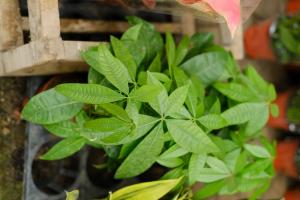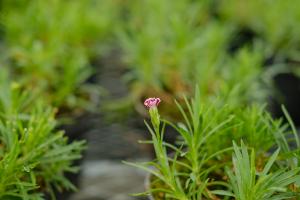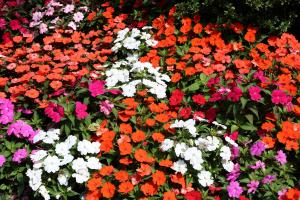What Plant Zone Am I In?
Understanding Plant Hardiness Zones
Plant hardiness zones are determined by the average annual minimum temperature in a given location. They are used to help gardeners determine which plants are most likely to thrive in their specific climate. The United States Department of Agriculture (USDA) has developed a system that divides North America into 13 zones based on the average annual minimum temperature.
Determining Your Plant Zone
To determine which plant zone you are in, you can use the interactive map on the USDA website. Simply enter your zip code, and the website will display your plant zone. You can also find this information on some seed packets or by contacting your local extension office. It is important to note that while plant zones are a helpful tool, they do not account for other key factors such as humidity and soil type that can also impact plant growth.
Choosing Plants for Your Zone
Once you know what plant zone you are in, you can select plants that are well-suited to your climate. Pay attention to the hardiness zone information on plant labels or in seed catalogs. Choosing plants that are native to your area can also increase their chances of success. Consider factors such as light requirements, soil preferences, and water needs when making your selection.
Protecting Plants in Extreme Conditions
Even if you choose plants that are well-suited for your zone, extreme weather conditions can still pose a threat. Frost, heat waves, and droughts can all be harmful to plants. To protect your plants from extreme temperatures, consider using protective coverings such as frost blankets or shade cloth. Irrigation and mulching can also help plants survive during hot and dry weather.
Final Thoughts
Knowing what plant zone you are in is an important tool for any gardener. By selecting plants that are well-suited to your climate and protecting them during extreme conditions, you can help ensure a successful growing season. Remember to also consider other factors such as sunlight and soil type when choosing plants.

 how many times do yo...
how many times do yo... how many planted tre...
how many planted tre... how many pine trees ...
how many pine trees ... how many pecan trees...
how many pecan trees... how many plants comp...
how many plants comp... how many plants can ...
how many plants can ... how many plants and ...
how many plants and ... how many pepper plan...
how many pepper plan...




























